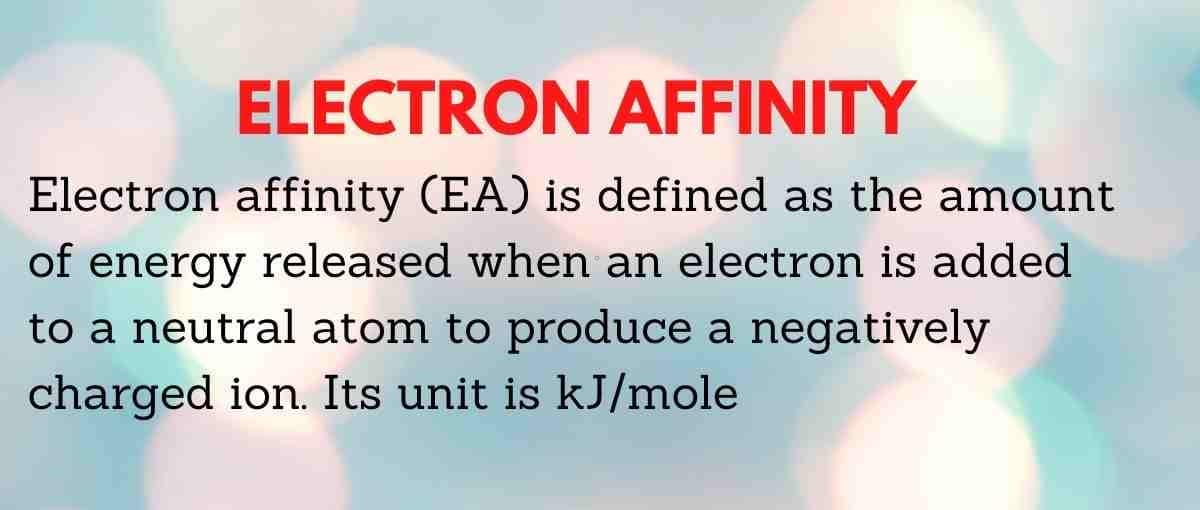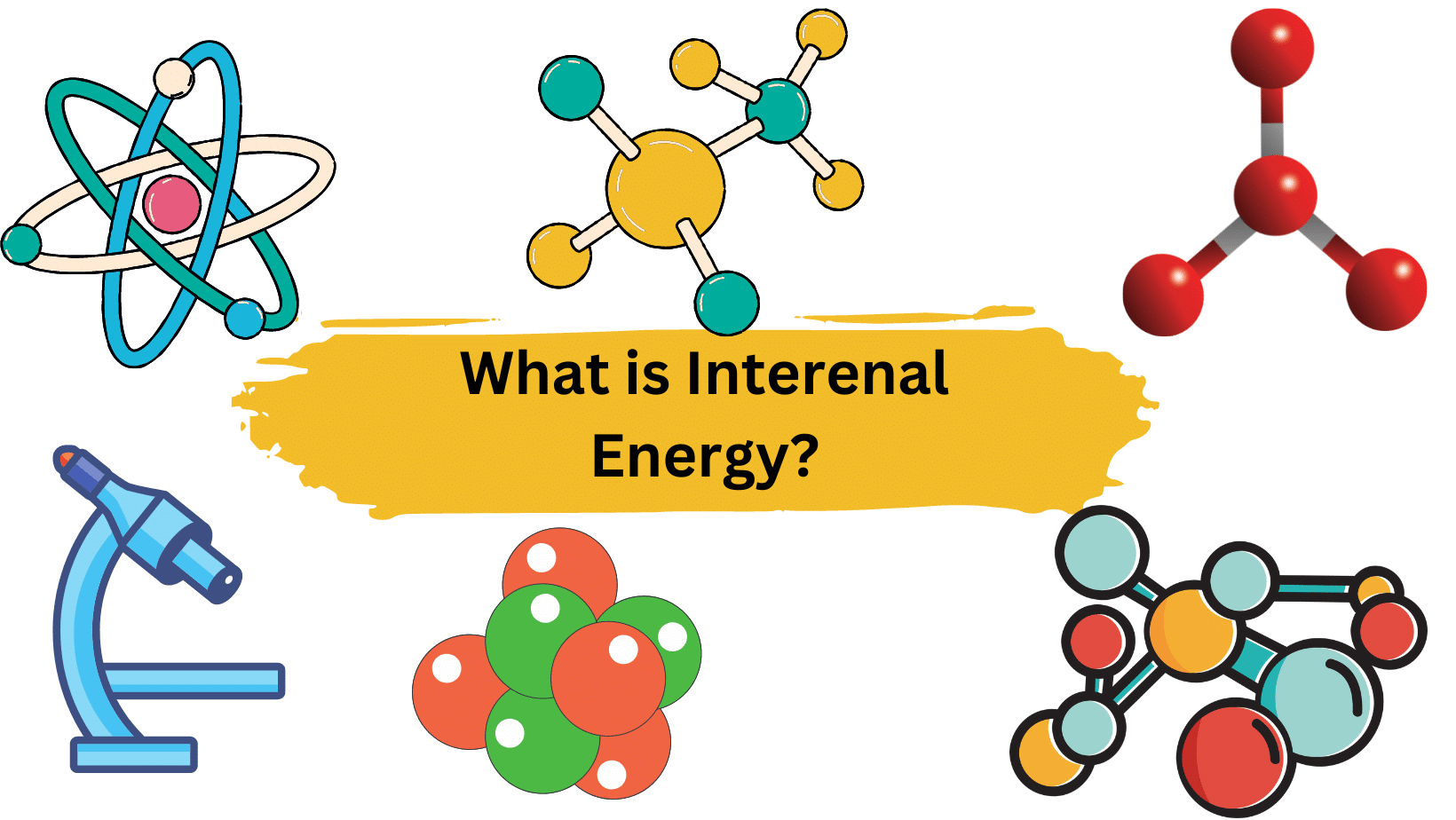Electronegativity is defined as an atom’s tendency to attract electrons to itself in a chemical bond.
The greater the difference between atom electronegativity values, the more polar the chemical bond formed between them.
- Electronegativity value increases moving from left to right across a period.
- Electronegativity generally decreases moving down a periodic table group.
This correlates with the increased distance between the nucleus and the valence electron. - The most electronegative element is fluorine (3.98).
The least electronegative element is cesium (0.79).
Difference between electronegativity and electron affinity?
The amount of energy released when an electron is added to a neutral atom or molecule in the gaseous state to generate a negative ion is described as electron affinity. Electronegativity, on the other hand, is the tendency of an atom to attract the electron density in a shared link. Electronegativity and electron affinity are both connected in some manner to electron mobility. Read the full article “Difference between electronegativity and electron affinity”.
- BCl3 Lewis Structure in four simple steps - November 1, 2023
- PH3 Lewis Structure in four simple steps - October 8, 2023
- PF3 Lewis structure in four simple steps - September 24, 2023



